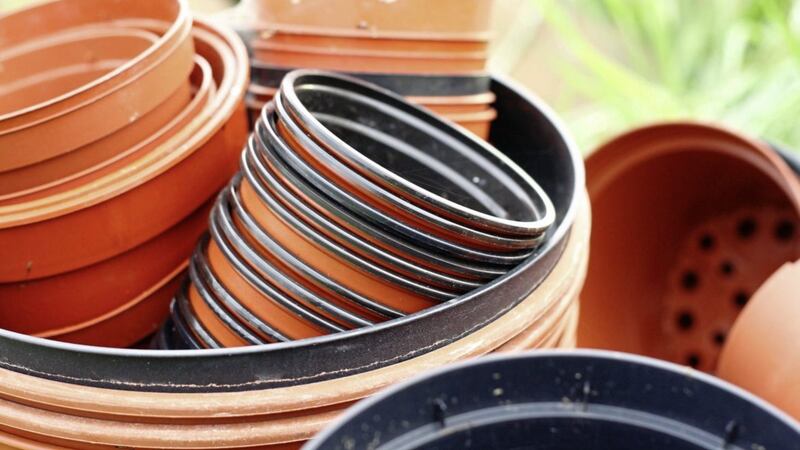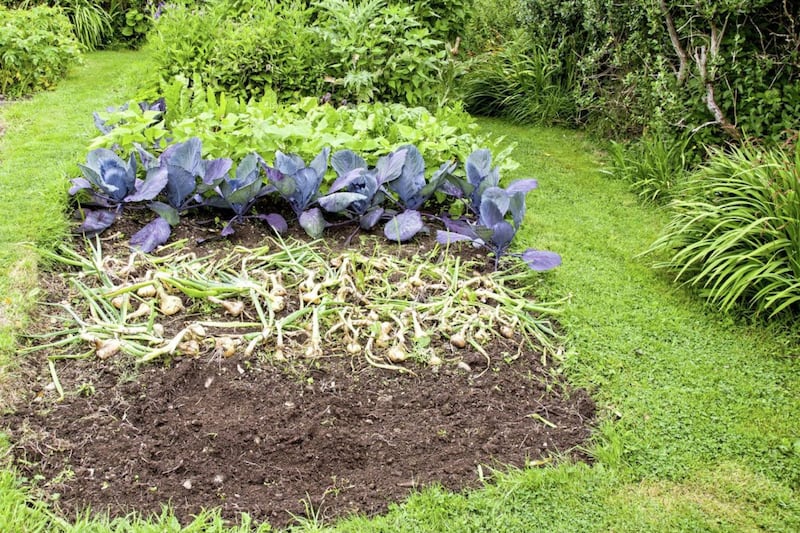1. Seek alternatives: It may seem obvious, but the most effective way to reduce plastic in your garden is to simply stop buying it.
With demand growing, more garden centres are offering biodegradable pots made using materials such as coir (from coconut husks), wood chips, rice husks and seaweed. Terracotta also works.
If you're feeling extra resourceful, scoop out the insides of half a lemon and fill with soil, before scattering a small number of seeds. Once the seedlings sprout, you can transfer to a larger area. Lemon peel also acts as a natural fertiliser, making it a great multi-purpose alternative to plastic.
Use biodegradable jute netting to tie in peas and beans, rather than plastic netting.
2. Try wooden seed trays: They will still get your seeds off to a flying start and are much more eco-friendly than plastic ones. You can also now buy bamboo seed trays which are biodegradable. You can even plant seeds such as broad beans and sweet peas in loo roll tubes.
3. Make use of broken pots: Don't dispose of terracotta and ceramic pots if they break. Plant pot shards are easy to repurpose by placing them at the base of larger pots to improve drainage, or stick them in the ground and write on them to create handy plant labels.
4. Choose tools wisely: Opt for metal tools with wooden handles, which should outlast their plastic rivals. Metal can rust, so a little TLC is needed at the end of each season to keep them in tip-top condition. Clean each tool with a rag or brush, using warm soapy water, then when dry, spray with WD-40 or rub down with mineral oil. Store by hanging on hooks (away from the damp floor) in a dry airy location for the winter.
5. Be caring and sharing: If you find you've somehow accumulated lots of plastic-based tools and equipment, don't fret. Should you use a community allotment or have friends who also enjoy a spot of gardening, why not suggest sharing your plastic equipment or handing it down?
Be a green pioneer and inspire fellow gardeners with the changes you're making and they may just follow suit.








